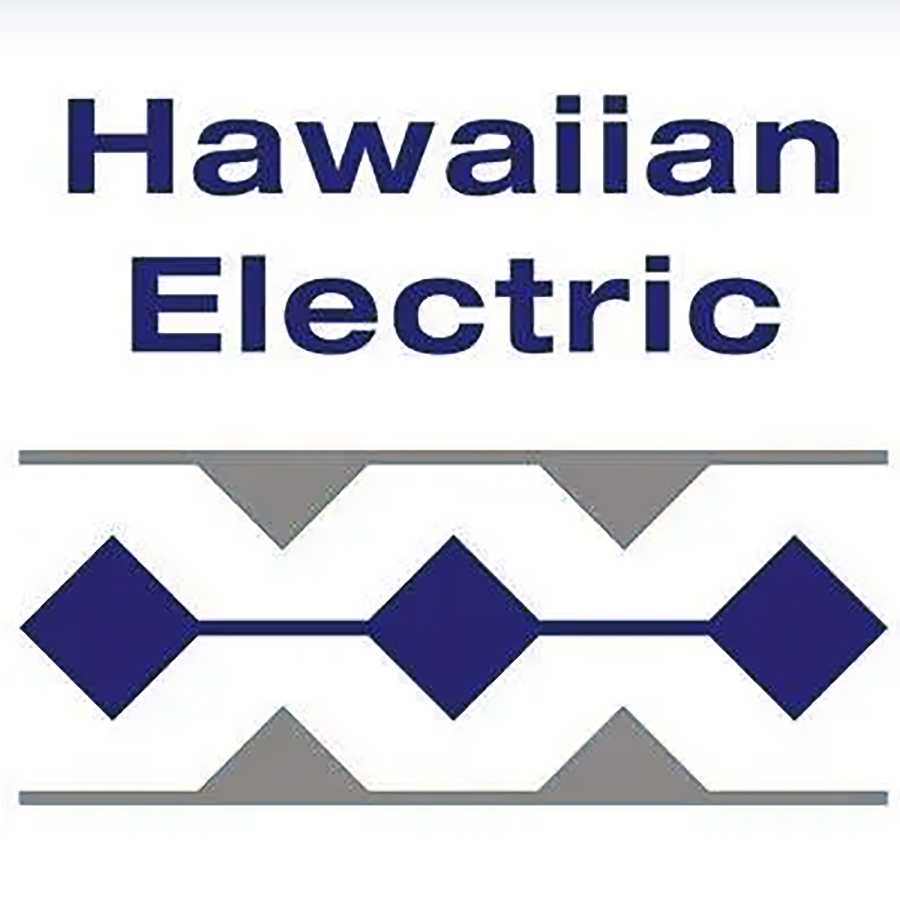Driven by higher solar energy and wind production and lower consumer demand, Hawaiian Electric achieved a 34.5 percent consolidated renewable portfolio standard (RPS) in 2020.
The 34.5 percent is the consolidated RPS for Oahu, Hawaii Island and Maui County, up from 28.4 percent in 2019. Hawaiian Electric exceeded the state requirement to reach 30 percent by 2020 and has more than tripled the amount of renewable energy on its electric grids in 10 years, up from just under 10 percent in 2010.
Even if electricity use had been the same as in 2019, Hawaiian Electric would have still reached a renewable portfolio standard of 32 percent.
“Exceeding the state renewable energy mandate underscores Hawaiian Electric’s commitment to replace imported fossil fuels at a pace that keeps us on the path to be carbon neutral by 2045,” said Scott Seu, president and CEO of Hawaiian Electric. “Despite the challenges of the pandemic, we pressed forward alongside our community, government and renewable energy development partners and our customers.”
The RPS represents the renewable energy used by customers as a percentage of total utility sales. Other 2020 RPS highlights:
- Maui County reached 50.8 percent RPS, hitting the 50 percent mark for the first time. With a mix of solar, wind and biofuels, Maui County’s RPS represents a nearly 25 percent increase from 40.8 percent RPS in 2019.
- Oahu recorded a 30.5 percent RPS, exceeding 30 percent for the first time and up 5 percentage points from 25.2 percent in 2019.
- Hawaii Island hit 43.4 percent, compared to 34.7 percent in 2019. The gradual return of Puna Geothermal Venture, which came back online in November, will play a larger role in 2021; PGV shut down in May 2018 due to the Kilauea eruption.
- Total electricity generated by renewable energy resources increased 13 percent over 2019.
“Reaching 30 percent on Oahu is especially significant, considering there is less land available for grid-scale projects and more businesses and homes using electricity,” Seu said. “That’s why having 36 percent of single-family homes using rooftop solar is such an important element of the renewable portfolio.”
Some of the factors that drove the year-over-year increase include:
- A full year of production from West Loch Solar and Clearway Energy grid-scale solar facilities
- Increased production from private rooftop solar, with nearly 6,000 new systems coming online in 2020. There are 87,848 systems and 3.7 million solar panels, including rooftop and grid-scale facilities, producing electricity on the five island grids.
- Higher wind production
- Lower electricity use due to the COVID-19 pandemic
The next RPS milestone required by state law is to reach 40 percent by 2030.

